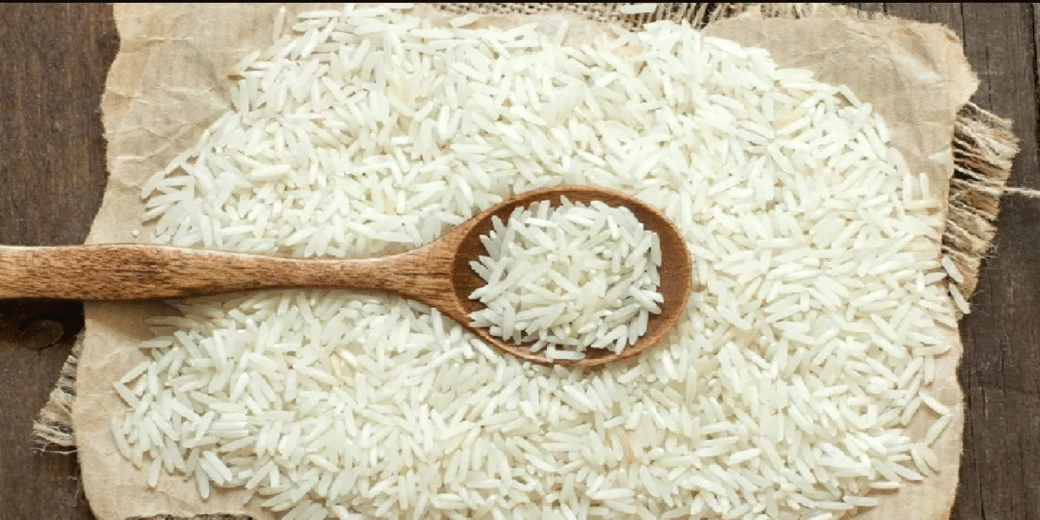Inflation concerns: Truant rains threaten 5% fall in rice output
According to the agriculture ministry's third advance estimate, kharif rice production stood at 11.0032 crore tonnes in FY23.

Food inflation, which enjoys about 48% weightage on the CPI-based inflation basket, has already sprung a nasty surprise on policymakers. On top of it now comes a grim forecast of the output of rice – staple food for more than 50% of the country’s population – might dip 5% this year, thanks to the monsoon that is playing truant in August, The Economic Times has reported.
Amrish Kumar Nayek, director ICAR-National Rice Research Institute has warned that if the rains remain erratic as it has been in August, major rice-producing states such as West Bengal, Odisha, Jharkhand, Chhattisgarh, eastern Uttar Pradesh and Bihar might suffer a fall in production.
Uneven rains have been of such concern to the experts that ICAR-National Rice Research Institute has urged the farmers from the above-mentioned states to adopt short-duration rice crop instead of the conventional long-duration ones. While conventional rice crops need 160-200 days to mature, the short-duration ones require only 90 -110 days.
According to the agriculture ministry’s third advance estimate, kharif rice production stood at 11.0032 crore tonnes in FY23.
According to Nayek the next fortnight is extremely significant for the crop. If the rains pick up, the deficiency might be wiped out. Incidentally, after a bountiful July, August is threatening to turn out to be the driest August in the past 122 years.
“The rain should be well-distributed so that transplanting and subsequent growth of the paddy crop is not hampered. In Odisha, the sowing has been delayed due to less rains. Similarly, many districts that are located upland in the rice growing states in the eastern part of the country have received less rain,” said Nayek.
India Meteorological Department data state that as many as 267 districts across the country got less rains than normal between June 1 and August 24. Of these districts 19 are in West Bengal, 11 districts are in Odisha, 19 in Jharkhand, 30 in Bihar, 32 in Uttar Pradesh and 11 in Chhattisgarh.
The agriculture ministry data as on July 30 show that the area under kharif rice went up 4.33% to 2.3758 crore hectares. On the face of it, it promises higher production. But truant rains in August have become a major concern for the overall production of rice. If it does not rain then the prices of rice will stay at elevated levels, warned experts.
Manish Pathak, vice president and sector head, corporate sector ratings at ICRA, said, “A deficit of around 7 million tonnes in global rice production is estimated in FY24 following the emergence of El Nino and unfavourable climatic conditions, which will push up international rice prices to a decadal high.”
“Prices are set to rally further after the ban by the Centre on the export of non-basmati white rice, which constituted around 30% of overall rice exports from India in FY23,” he added.